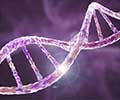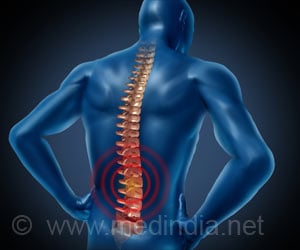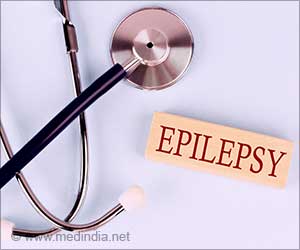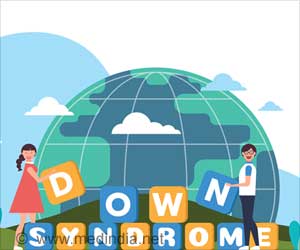According to the scientist from the Victorian Breast Cancer Research Consortium it was found that the breast stem cells which have undergone some mutation give rise to the most aggressive form of breast cancers.
The Walter and Eliza Hall Institute researchers were working on mouse models when they found that the breast stem cells do not express receptors for the female hormones oestrogen or progesterone. This characteristic is very similar to those seen in the aggressive basal subtype of breast cancer. It is now a known fact that breast cancer is a heterogenous disease and the speculation is supported by study that breast tumor cells are derived from different cell types which could have undergone mutations in them. This possibility has generated great interest in understanding the composition of normal breast cells including the stem cell.A question of particular interest is whether the breast stem cell expresses receptors for oestrogen and progesterone and the marker 'Her2', since these help define the subtypes of breast cancer; and also guide current approaches to therapy. The WEHI team, together with the Eaves group in Vancouver, has found that the breast stem cell in mice is 'triple negative' for oestrogen, progesterone and Her2 receptors but does express certain 'basal cell' markers.
These characteristics also define the basal subtype of breast cancer, which is more commonly seen in tumors that develop in women who are carriers of the breast cancer predisposing gene BRCA1.These findings support previous speculation that breast stem cells, or very early descendents, are the cells from which basal tumors arise. Dr Visvader, who led the team effort with Dr Lindeman at WEHI, said, "This finding made by Marie-Liesse Asselin-Labat in our lab reinforces the need to understand the normal biology of the breast stem cell.
Our hope is that this kind of research could in the long-term lead to the identification of new therapeutic targets against breast cancer, particularly the basal subtype." Currently drugs such as Tamoxifen, the aromatase inhibitors or Herceptin are ineffective against basal tumors and chemotherapy is the only option. Dr Lindeman, who is also an oncologist at the Royal Melbourne Hospital, said that their team's findings will now be extended using excised human breast tissue and tumors. "We are fortunate that the Royal Melbourne Hospital campus is strongly committed to this type of translational research. Our hope is that this will lead to better cancer outcomes from a disease that strikes one in 11 Australian women." The team findings are published in the 19 July 2006 issue of the Journal of the National Cancer Institute.
Source: Eurekalert











